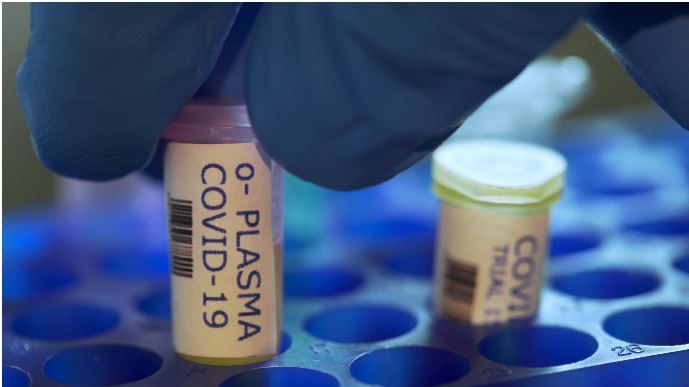- Clinical Technology
- Adult Immunization
- Hepatology
- Pediatric Immunization
- Screening
- Psychiatry
- Allergy
- Women's Health
- Cardiology
- Pediatrics
- Dermatology
- Endocrinology
- Pain Management
- Gastroenterology
- Infectious Disease
- Obesity Medicine
- Rheumatology
- Nephrology
- Neurology
- Pulmonology
NIH Releases Statement on FDA EUA for Use of Convalescent Plasma in COVID-19 Patients
Based on its own review of data on use of convalescent plasma to treat COVID-19, NIH finds insufficient data to recommend for or against its use, the statement says.
©JHDT Productions/stock.adobe.com

On August 23, 2020, the Food and Drug Administration (FDA) issued an Emergency Use Authorization (EUA)* for COVID-19 convalescent plasma for the treatment of hospitalized patients with COVID-19.
In a statement issued on September 1, 2020, the National Institutes of Health (NIH) COVID-19 Treatment Guidelines Panel (the Panel) announced results of its own review of currently available evidence on use of convalescent plasma for treatment of COVID-19 infection, including the analyses used by FDA in support of the EUA. Here are results of that review.
Impression: There are currently no data from well-controlled, adequately powered randomized clinical trials that demonstrate the efficacy and safety of convalescent plasma for the treatment of COVID-19.
FDA analysis. FDA analyzed data on a subset of hospitalized patients from the Mayo Clinic’s Expanded Access Program (EAP) that compared outcomes in patients who received convalescent plasma with high titers of SARS-CoV2 neutralizing antibodies to outcomes in patients who received plasma with low titers and found:
- There was no difference found in 7-day survival overall.
- Among patients who were not intubated, 11% of those who received convalescent plasma with high antibody titers died within 7 days of transfusion compared with 14% of those who received convalescent plasma with low antibody titers.
- Among those who were intubated, there was no difference in 7-day survival.
Although it appears based on these data that convalescent plasma with high antibody titers may be beneficial in nonintubated patients, there is uncertainty about the safety and efficacy of convalescent plasma for several reasons:
- Lack of a randomized control group and possible confounding in the Mayo Clinic’s EAP Antibody levels in currently available COVID-19 convalescent plasma are highly variable.
- There are few available assays to determine the effective antibody titers.
Based on the available evidence, the Panel has determined the following:
NIH COVID-19 Treatment Guidelines, Convalescent Plasma ___________________________________________________________________________
Globally, as of September 1, 2020, there have been 25 511 385 confirmed cases of COVID-19, 851 352 deaths, and 16 863 597 recoveries.
___________________________________________________________________________
For more COVID-19 coverage for primary care, visit our COVID-19 Resource Page.
No Rx Required for COVID-19 Vaccination But ACIP Calls for Better Informed Consent Process
September 22nd 2025The ACIP on September 19 narrowly voted against requiring a prescription to get the shot but urged more detailed discussion of vaccine risks during shared decision making conversations.
